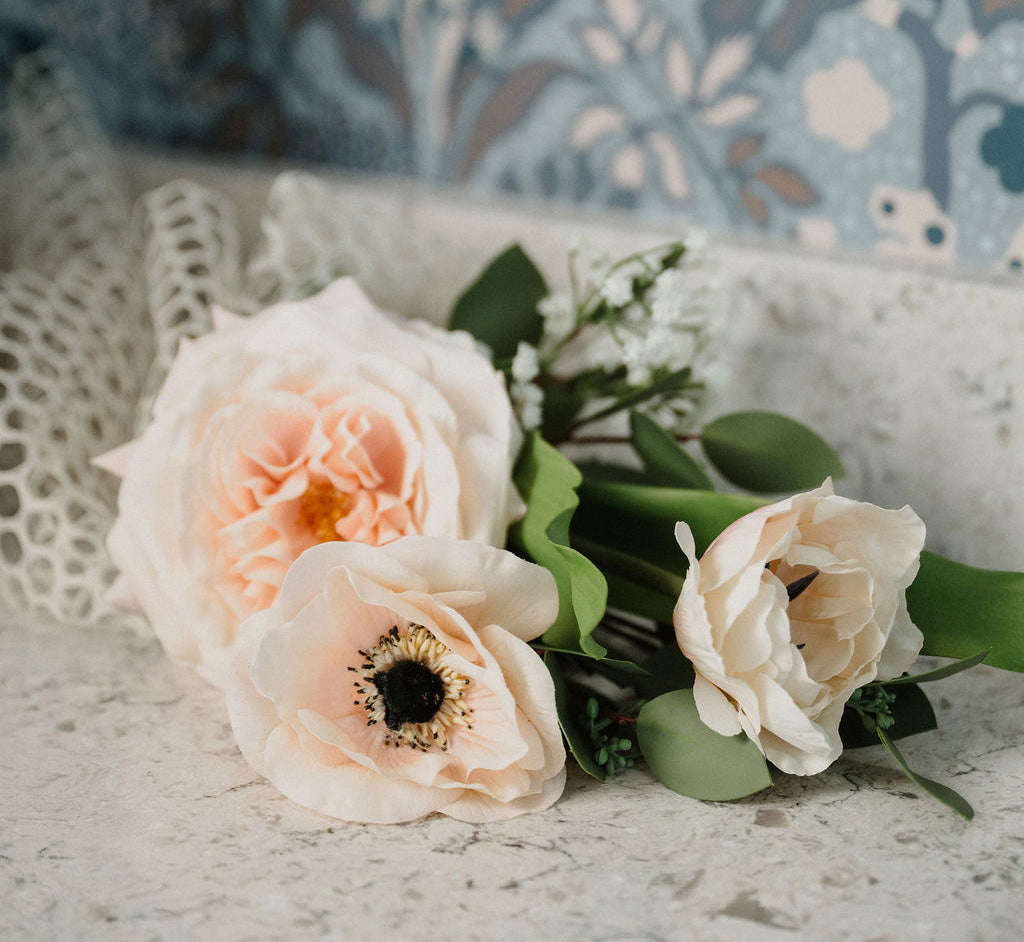
Colors play a key role in interior design and have a significant impact on your well-being. The selection of tones in your immediate environment can significantly affect your emotions and feelings. Also, an important aspect of color theory is how they interact with each other. For example, warm colors can make a room seem smaller and more intimate, while cool colors can make a space seem larger. Understanding these principles allows you to consciously shape your space and create the desired atmosphere at your home. In this blog post, I intend to explain which colors have a particular impact on our mood, as well as how to achieve the desired effects through their skillful use in interior design.
Blue, associated with the color of the sky and the purity of water, brings an atmosphere of peace and relaxation to our interiors. It has a soothing effect on our senses, which makes it an ideal choice for bedrooms. Blue walls can be complemented by warm shades of furniture or fabrics. Such a combination will make the room extremely cozy and comfortable, and every moment spent there will be a real rest. What's more, blue is a frequent guest in offices or work spaces, thanks to its ability to increase concentration and productivity.

Red is the color of energy, passion, and sometimes aggression. It brings dynamism and life to interiors. Used in moderation, it can stimulate conversations and appetite, which is why it often appears in dining rooms and kitchens. It has a stimulating effect, increases blood pressure, speeds up breathing and heart rate. It is also ideal for spaces where we want to evoke emotions and add character to the space - in the living room, or youth room. Red adds courage to places and determines their unforgettable atmosphere. However, too much red can be tiring and stressful.
Green represents nature, harmony, and renewal. It is a soothing color that helps reduce stress. It works great in places where we want to relax and regain balance, such as living rooms or bedrooms. Green brings harmony to every room, so it can be used almost anywhere in the house. Both in the bedroom and the living room, green will have a soothing effect on the senses, helping to find inner balance after a hard day. In lighter shades, it can liven up the space, while darker shades of green introduce a sense of luxury and depth.

Yellow, the saturated color of the sun, is a symbol of joyful optimism and life-giving energy. Its bright, radiant tones inspire, add vigor and stimulate action. Introducing it to spaces such as the kitchen, dining room or bathroom can give these rooms brightness and warmth. Such an energetic color scheme is especially important in those areas of the house that are to serve as an arena for activity and interaction. A cozy kitchen in yellow tones will certainly become the heart of the home, where the family will be happy to spend time. It is a color that stimulates the mind and promotes concentration, which is why it is often used in spaces for study and work.
Each of these colors has its own specific properties and can be used to achieve different effects in interior design. When choosing colors for your home, it is worth remembering their psychological impact in order to create a space that is not only beautiful but also promotes well-being and meets the individual needs of its residents. Choosing the right colors in interior design plays a key role in creating the atmosphere and in the perception of the size and functionality of the room. Colors can significantly affect how we perceive the space—whether as cozy, spacious, energizing, or relaxing.






